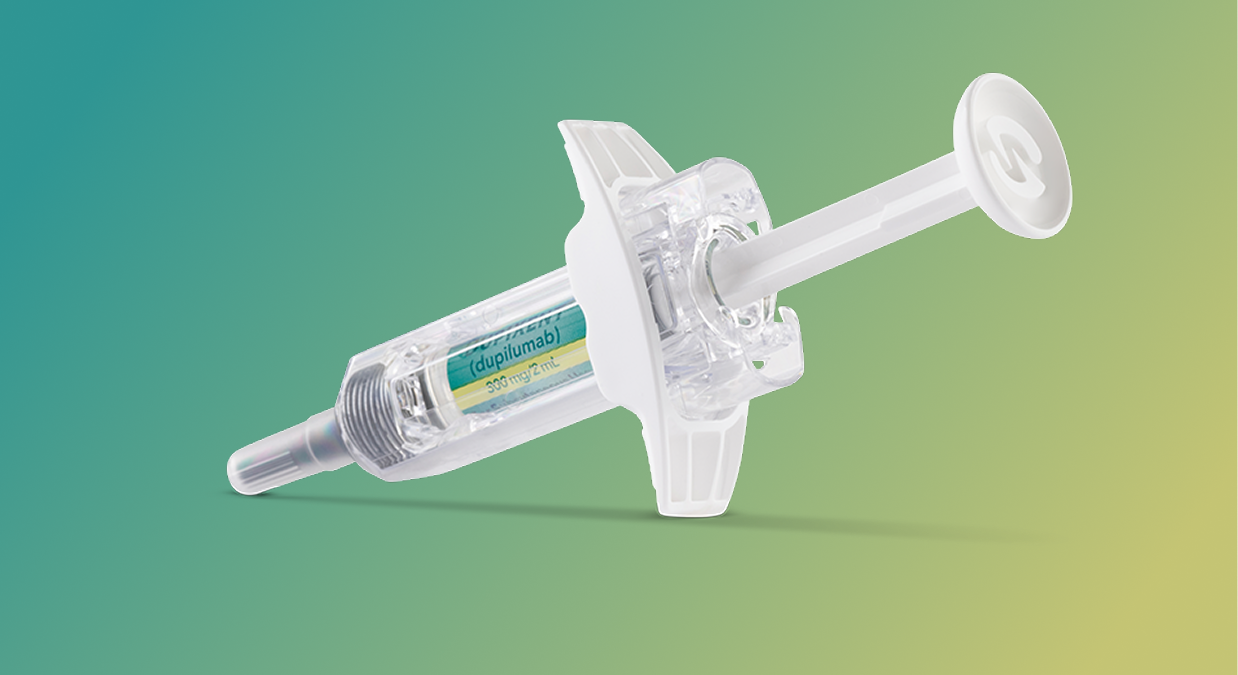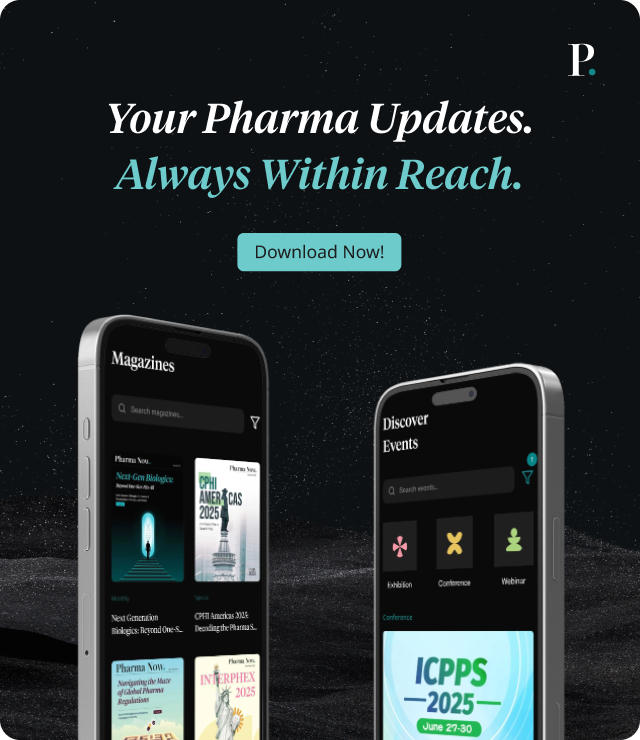Regeneron and Sanofi’s Dupixent Gains FDA Approval For Bullous Pemphigoid, Offering Hope For Elderly Patients
FDA approves Dupixent® as the first targeted therapy for bullous pemphigoid in adults.
Breaking News
Jun 21, 2025
Vaibhavi M.

Regeneron and Sanofi have announced that the U.S. Food and Drug Administration (FDA) has approved Dupixent® (dupilumab) as a treatment for adults with bullous pemphigoid (BP), a rare and debilitating skin disorder that primarily affects older adults. BP is characterized by painful blisters, intense itching, and skin inflammation, often leading to severe discomfort, vulnerability to infections, and reduced quality of life. Prior to Dupixent, treatment options were limited to immunosuppressive therapies, which carry significant long-term risks.
“Until now, treating bullous pemphigoid was very challenging for elderly patients struggling with the debilitating impact of blisters and lesions, and potentially co-morbid conditions. By addressing two central drivers of the underlying type 2 inflammation that contributes to bullous pemphigoid, Dupixent is the first targeted medicine to allow patients the potential to achieve sustained remission and reduce itch. This approval in the U.S. is important for the thousands of patients living with bullous pemphigoid, and we look forward to working with regulators around the world to bring this innovative medicine to more patients in need,” said Alyssa Johnsen, M.D., Ph.D., Global Therapeutic Area Head, Immunology and Oncology Development at Sanofi.
The approval is based on results from the pivotal ADEPT Phase 2/3 clinical trial, where Dupixent was tested alongside standard oral corticosteroids (OCS) in 106 patients. At 36 weeks, 18.3% of patients treated with Dupixent achieved sustained remission, compared to just 6.1% on placebo. Nearly 40% of Dupixent patients reported significant itch relief. Importantly, Dupixent also reduced the overall steroid burden, with a median cumulative dose of 2.8 grams versus 4.1 grams in the placebo group, offering a safer long-term treatment alternative for elderly patients.
“Today’s approval extends the remarkable ability of Dupixent to transform treatment paradigms for people living with a variety of diseases with underlying type 2 inflammation, from common conditions like asthma and atopic dermatitis, to rarer ones such as eosinophilic esophagitis and prurigo nodularis, and now including bullous pemphigoid. Dupixent has shown the potential to improve the most challenging effects of bullous pemphigoid, while helping some patients achieve sustained disease remission and decreased oral corticosteroid use. Additionally, this approval further reinforces the demonstrated safety profile of Dupixent in a broad age range of patients, from infants to elderly people, and across dermatological, respiratory and gastrointestinal diseases,” said George D. Yancopoulos, M.D., Ph.D., Board co-Chair, President and Chief Scientific Officer at Regeneron, and a principal inventor of Dupixent.
Safety findings showed that Dupixent was generally well-tolerated, though some patients experienced side effects such as joint pain, conjunctivitis, and viral infections. The FDA granted Priority Review status to Dupixent for BP, recognizing its potential as a major advancement for a rare disease that affects fewer than 200,000 people in the U.S. The treatment also holds Orphan Drug Designation, and additional regulatory submissions are ongoing in global markets including the EU, Japan, and China.
“People affected by bullous pemphigoid endure unrelenting itch and painful blisters that can damage the skin. Until now, these primarily elderly patients have had limited therapeutic options available, with potential side effects that have often added to their burden. The approval of Dupixent for bullous pemphigoid brings a novel treatment approach to patients and their caregivers, and we are grateful for the tireless efforts of the scientific community who helped us reach this critical milestone,” said Patrick Dunn, Executive Director at the International Pemphigus and Pemphigoid Foundation.
